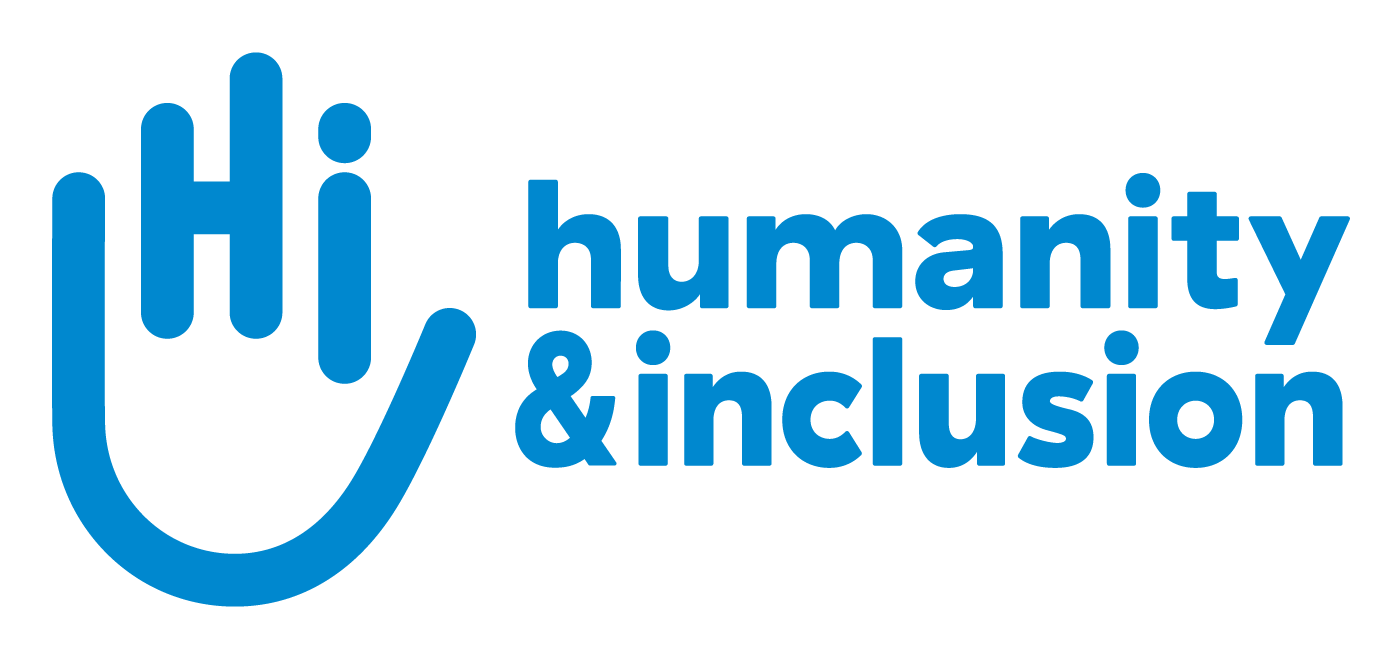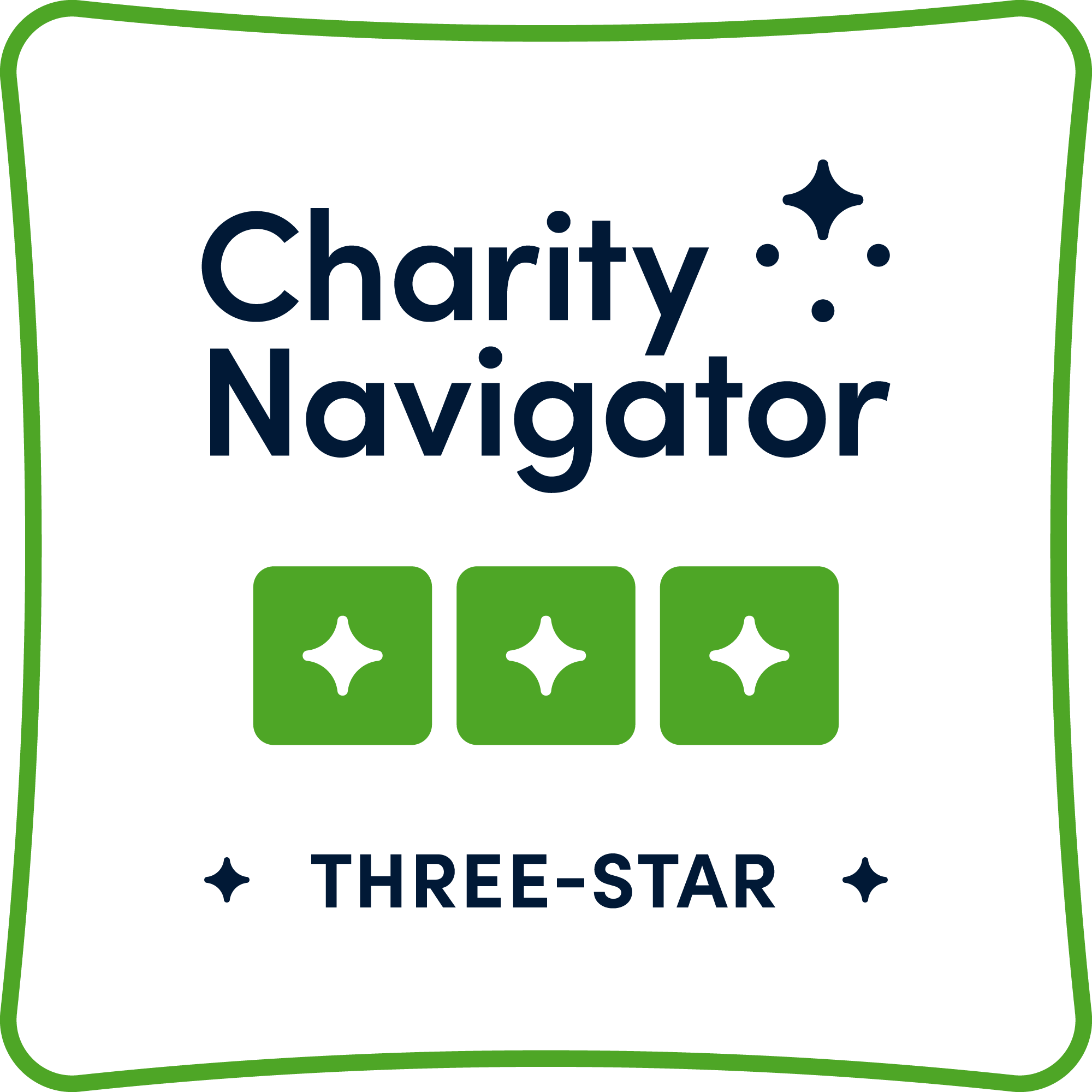Thailand
Thailand hosts large numbers of refugees from Myanmar. HI works in the refugee camps, providing services to landmine survivors and people with disabilities, improving living conditions, promoting inclusion and providing risk education.

Supporting a man with an amputated leg, Thailand - Humanity & Inclusion | © Erika Pineros / HI
Our actions
Humanity & Inclusion was founded in Thailand in 1982 by two French doctors. They started out trying to help refugees living in camps set up along the border with Cambodia, offering orthopedic fitting to people with disabilities or those who had lost limbs as a result of landmine accidents.
By 1984, HI was also helping refugees from Myanmar and soon Thai people who had also fallen victim to anti-personnel landmines. These activities in the country led to the opening of 15 orthopedic fitting workshops, which now form part of Thailand’s network of provincial hospitals.
Since 1996, the organization has focused its action on nine refugee camps and on the neighboring Thai villages. It enhances the self-reliance of people with disabilities by supplying physical therapy sessions and locally produced artificial limbs and adapted devices like braces, crutches and walkers made on site.
Pending the clearance of landmines from the border areas between Myanmar and Thailand, HI is raising refugees’ awareness of the dangers posed by mines and other explosive remnants of war. These awareness-raising actions should reduce the risks they will face when they will return to Myanmar.
HI also runs a social inclusion project for refugees with disabilities, improving their access to the various services in the camps. As a result, people with disabilities now have access to education, vocational training and primary health care.
Since January 2016, the site is managed within the MyTh program which was created in January 2016 with its regional office in Yangon in line with the refugees’ repatriation process and aims at strengthening the coordination between HI activities in Myanmar and in Thailand around refugees’ reintegration.
Areas of intervention
Latest stories

Powerful earthquake in Myanmar: HI assessments underway
A powerful 7.7-magnitude earthquake struck central Myanmar on Friday, March 28, according to the U.S. Geological Survey (USGS). HI, which is present in the country, is assessing the extent of the damage and preparing to intervene.

From Bangkok Dreams to Upcountry Scars: A Single Mom's Fight After Loss
As an active participant in Humanity & Inclusion's Disability Social Inclusion (DSI) program and Self Help Groups (SHG), Tha Zin Aye financially supports both herself and her son by farming mushrooms.

Kay Reh injured by an explosive device as he worked in a field in Thailand
Since 2012, Humanity & Inclusion has provided some 13,000 people living in nine refugee camps along the Thai-Myanmar border with information on the risks from explosive devices.
a life
Background

There are more than 90,000 refugees from Myanmar[1] living in Thailand and the route back is littered with vast numbers of anti-personnel mines.
Thailand is home to many refugees from Myanmar. HI’s program is working in refugee camps to provide services to mine survivors and people with disabilities, improve living conditions, promote inclusion in communities, and raise awareness of the dangers of explosive ordnance among refugees.
Number of HI staff members: 56
Date the program opened: 1982










